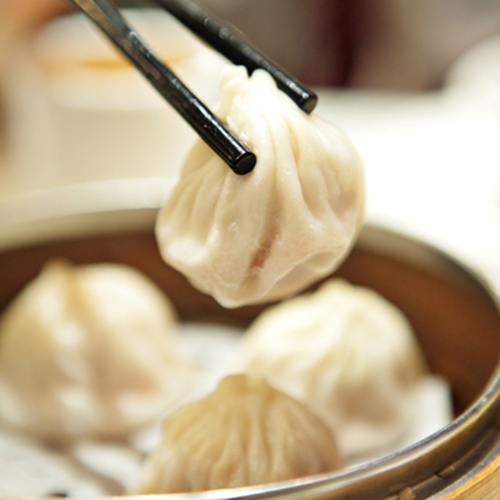 Bao, the traditional steamed and filled buns of China, has developed a large following in the last five years that shows no signs of slowing down. In the past, you could only find bao in the Chinatown neighborhoods of metropolitan areas. Today, ?it has crossed into popular food markets and can be found in Costco, Wal-Mart and Target stores across the U.S. If you are a student enrolled in an Austin culinary arts program, you should learn more about the delicious traditional Chinese bao.
Bao, the traditional steamed and filled buns of China, has developed a large following in the last five years that shows no signs of slowing down. In the past, you could only find bao in the Chinatown neighborhoods of metropolitan areas. Today, ?it has crossed into popular food markets and can be found in Costco, Wal-Mart and Target stores across the U.S. If you are a student enrolled in an Austin culinary arts program, you should learn more about the delicious traditional Chinese bao.
The dough
Like many other buns around the world, the most enjoyable part of bao is the dough – if it’s prepared properly. Bao dough that is hard and tough to chew is worse than no bao at all. The perfect dough is difficult to master, but once you do, you’ll never want to go back. The ingredients are simple enough. All you need is wheat flour, leavening, fat and sugar. Some recipes call for baking powder, low-gluten flour and dough starters, and you can experiment with all of these until you find the right combination that suits your taste.
You bake the dough with wet steam heat until they puff up and have a fluffy interior, but that is easier said than done. You will have to stuff the dough with your filling as it bakes, which can be tricky. Moisture enters the bun and can result in the dough forming dimples or caving. In order to counteract the effects of unwanted moisture, you should have balanced portions of baking powder and yeast in your recipe. Add a little fat so the dough can hold more gas bubbles, which creates that much desired light and fluffy texture.
The filling
After you’ve made your bao dough, there’s the simple matter of choosing your filling. This can range from vegan to meat-lover, but really whatever you choose will be delicious. One of the most flavorful fillings is braised pork belly. In many Chinese restaurants, this meat is cooked with a sweet sauce containing garlic, ginger, red chilies, peppercorn, soy sauce and a dash of sugar. You can layer the fatty pork belly with pickled carrots and cabbage, and add some crunch to the bao with fresh crushed peanuts.
If you enjoy pickled veggies, try making them on your own. You will need to mix rice wine vinegar, water, salt and sugar in an sealable, airtight container. Place carrots and other vegetables in the container for three or four days.

